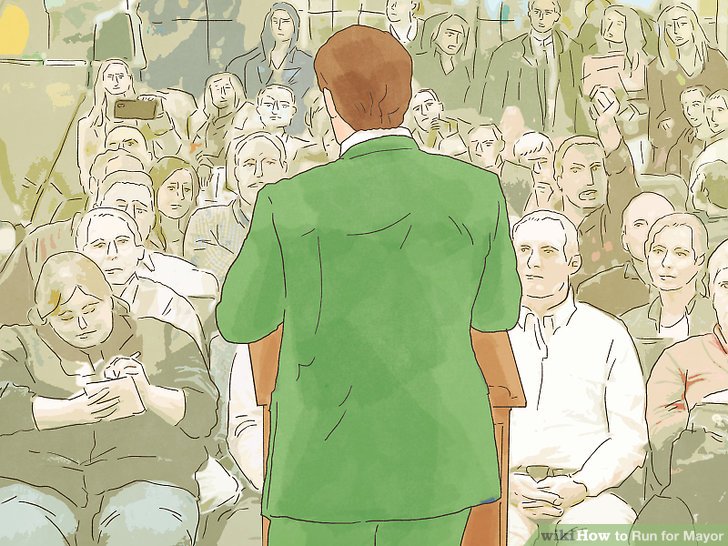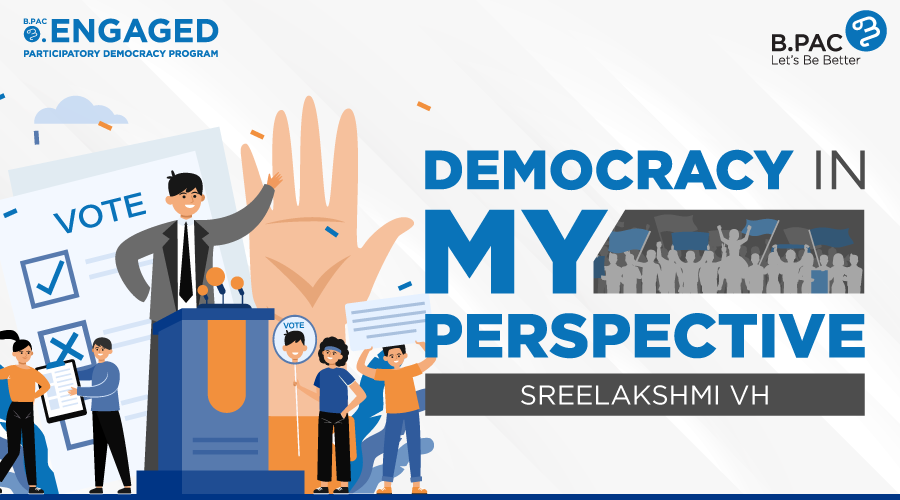Any avid reader of superhero comic books will tell you that apart from the superhero with supernatural powers, it is the mayor of the city where the tale is set, who wields the most power and authority. These representations of mayors do not stem entirely from the imagination of the comic-book creators but are based on the authoritative figures cut by mayors in America, historically. Most large cities in the United States of America adhere to a mayor-council format of local government, with the mayor’s office wielding significant powers. The directly elected mayors wield powers which include budgeting for the city and even exercising a veto over ordinances passed by the legislative council of the city. Powerful mayors in large American cities are a result of the nation’s steadfast adherence to principles of federalism, keeping the other levels of government out of matters of city governance.
The 74th Constitutional Amendment, 1992 represents India’s most concerted attempt at putting in place strong urban local bodies of governance. Despite several attempts at implementing the letter of the amendment in its spirit, cities in India suffer from woefully inept systems of local governance. The office of the mayor is part of this scheme and for the most part remains a figurehead post in the urban governance scenario. The UPA government made its attempt at making the position of the mayor a more substantial authority, by advocating for a five-year term for mayors as part of its Model Municipal Law which was a part of its primer for ‘Implementation of the 74th Constitutional Amendment and Integration of City Planning and Delivery Functions’. The present government at the Centre has gone one better, with Prime Minister Narendra Modi pushing for directly elected mayors with five-year terms. Presently only six states – Uttarakhand, Chattisgarh, Jharkhand, Madhya Pradesh, Uttar Pradesh and Tamil Nadu – provide for mayors that are directly elected for five-year terms. The intention behind having directly elected mayors is to increase their accountability to the residents of the city. The Prime Minister has directed the Ministry of Urban Development to devise a framework for realising this objective. A national conclave of state urban development ministers, mayors and municipal commissioners is being proposed as part of this attempt to come up with a comprehensive plan to empower urban governance.
These developments spell great news for Bengaluru, which has suffered from the inordinate delay in the realization of BBMP’s restructuring. Presently, as per the provisions of the Karnataka Municipal Corporations Act, 1976 the Mayor and Deputy Mayor are indirectly elected from amongst the Councillors. Also the Mayor holds only a one-year long term. These provisions have effectively ensured that the position of the mayor of Bengaluru serves only as a formal position of little significance to matters of urban governance. This initiative of the Prime Minister is in line with the recommendation made by citizens’ organizations in the city, to have a directly elected mayor for a term of five years. Presumably, the Prime Minister taking up the cause of urban governance has excited hopeful residents of major cities in India. But their hopes for a more dynamic city government may be premature. Since the mayors in the urban areas of the six states providing for their direct election and five-year terms have also been reduced to figurehead roles, with the state government holding on to most of the relevant powers and exercising them through their municipal commissioner. Taking note of this, the reforms to the urban governance structure must include within its purview the devolution of more powers and functions to the office of the mayor for all the allied reforms to have a more telling impact.





